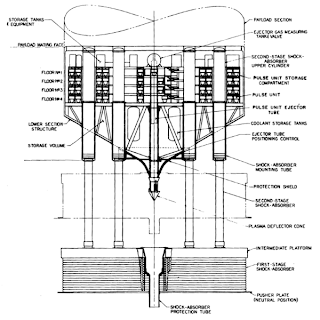 In order to help develop key knowledge needed to prepare for
human Mars exploration, and to inspire the public by making sensuous the vision
of human exploration of Mars, the Mars Society has initiated the Mars Analog
Research Station (MARS) project. A global program of Mars exploration
operations research, the MARS project will include four Mars base-like habitats
located in deserts in the Canadian Arctic, the American southwest, the
Australian outback, and Iceland. In these Mars-like environments, we will
launch a program of extensive long-duration geology and biology field
exploration operations conducted in the same style and under many of the same
constraints as they would on the Red Planet. By doing so, we will start the
process of learning how to explore on Mars.
In order to help develop key knowledge needed to prepare for
human Mars exploration, and to inspire the public by making sensuous the vision
of human exploration of Mars, the Mars Society has initiated the Mars Analog
Research Station (MARS) project. A global program of Mars exploration
operations research, the MARS project will include four Mars base-like habitats
located in deserts in the Canadian Arctic, the American southwest, the
Australian outback, and Iceland. In these Mars-like environments, we will
launch a program of extensive long-duration geology and biology field
exploration operations conducted in the same style and under many of the same
constraints as they would on the Red Planet. By doing so, we will start the
process of learning how to explore on Mars. Each Station's centerpiece is a cylindrical habitat,
"The Hab," an 8-meter diameter, two-deck structure mounted on landing
struts. Peripheral external structures, some inflatable, may be appended to the
Hab as well.
Each Station's centerpiece is a cylindrical habitat,
"The Hab," an 8-meter diameter, two-deck structure mounted on landing
struts. Peripheral external structures, some inflatable, may be appended to the
Hab as well.
Each station will serve as a field base to teams of four to
six crew members: geologists, astrobiologists, engineers, mechanics, physicians
and others, who live for weeks to months at a time in relative isolation in a
Mars analog environment. Mars analogs can be defined as locations on Earth
where some environmental conditions, geologic features, biological attributes
or combinations thereof may approximate in some specific way those thought to
be encountered on Mars, either at present or earlier in that planet's history.
Studying such sites leads to new insights into the nature and evolution of
Mars, the Earth, and life.
It sounds like a great experiment that allows for greater participation in the planning of a future Mars journey. Go here for the
application if you want to be a member of the MARS crew. Other volunteer opportunities are also available here.
Note: Each research team has its own mission patch.









